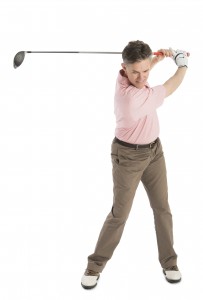
It’s important to use training as a vehicle to enhance performance, not just to improve strength. Training will refine your movement skills, body and feet positions, strength, endurance, and power needed for your sport.
Most importantly, people participating in their sport once or twice a week and not training their bodies in between are at risk for multiple injuries. Sports place many demands on the body that are different than our every day movement patterns and it is therefore necessary to prepare the body for these demands. I focus on functional training (training in 3 planes of movement: forwad/backwards, lateral and rotation, while engaging multiple muscles groups to stimulate movement patterns used in the sport) and core training ( group of muscles that support and stabilize one during movement and maintain balance). Most injuries arise when the body is not prepared for rapid lateral motion or rotation and lacks core stability. It is also necessary to focus on both plyometrics and agility to prepare the body for the specific sport.
 Plyometrics are best remembered as explosive movements, exercises that help muscles exert maximum force in the shortest possible time so that one can improve speed and power. A good example would be jump squats or ball slams.
Plyometrics are best remembered as explosive movements, exercises that help muscles exert maximum force in the shortest possible time so that one can improve speed and power. A good example would be jump squats or ball slams.
Agility is defined as fast whole body movement with a change of velocity or direction in response to a stimulus. In other words, improving athletes’ fleetness of foot, change of direction speed, and reaction time. This involves static and dynamic balance, coordination, speed, reflexes, strength, and endurance. We will often use the agility ladder to work on fast footwork as well as changes in direction.